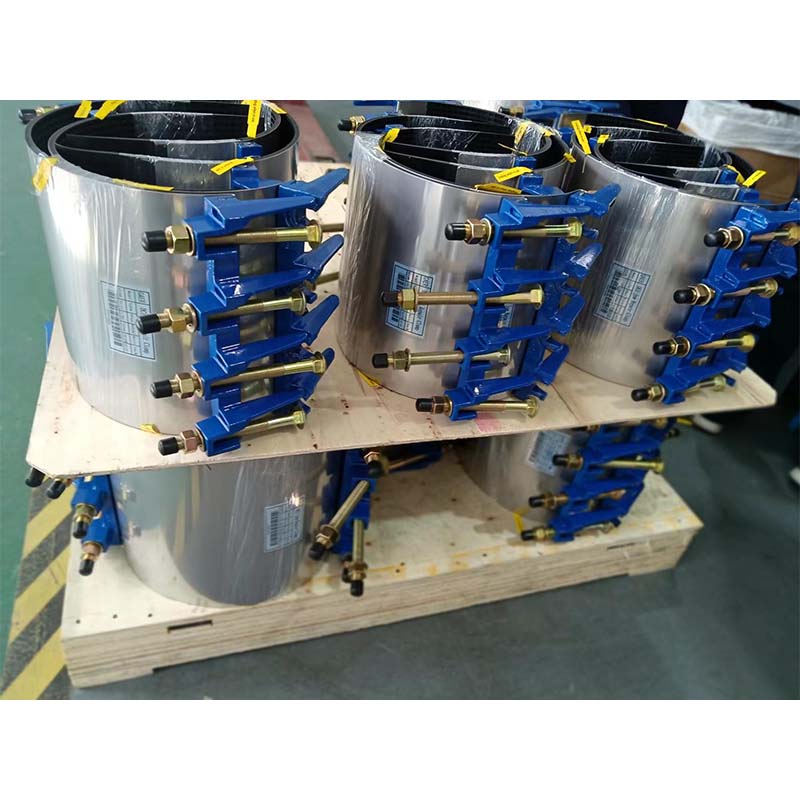butterfly valve rubber
Understanding Butterfly Valve Rubber A Key Component for Efficiency
Butterfly valves are essential components in various industrial applications, providing efficient control of fluid flow. Among their critical parts is the rubber seal, which plays a vital role in ensuring the valve's functionality and longevity. Understanding the significance of butterfly valve rubber helps facilities improve their operational efficiency and reduce maintenance costs.
Butterfly valves operate using a rotating disc, which opens and closes the flow path. The rubber seal is positioned around the disc and is crucial for creating a tight seal when the valve is closed. This sealing mechanism prevents leaks, thus maintaining the desired pressure and flow rate within the system. The effectiveness of the rubber seal greatly influences the performance of the butterfly valve, particularly in applications involving liquids or gases under varying pressures.
The type of rubber used in butterfly valves is critical to their performance. Common materials include EPDM (Ethylene Propylene Diene Monomer), NBR (Nitrile Butadiene Rubber), and Viton. Each type has unique properties suited for different applications. For instance, EPDM is known for its excellent resistance to heat, aging, and ozone, making it ideal for outdoor applications or environments with high UV exposure. On the other hand, NBR offers exceptional resistance to petroleum-based fluids, making it suitable for applications in the oil and gas sector.
butterfly valve rubber

Moreover, the chosen rubber must withstand specific temperature and pressure ranges. The operational environment, including the type of fluid being controlled, is critical in selecting the right rubber material. Utilizing the incorrect type of rubber can lead to premature wear and failure of the valve, resulting in costly downtime and repairs.
Maintenance of butterfly valve rubber is also crucial for ensuring long-term performance. Regular inspections can help identify wear and tear before they lead to significant issues. Signs of damage, such as cracking or deformation of the rubber, may indicate the need for replacement. Implementing a routine maintenance schedule can extend the service life of the valve and its components.
In conclusion, butterfly valve rubber is a critical aspect of valve design and operation. The right material selection and proactive maintenance can significantly enhance the efficiency and reliability of fluid control systems. Industries that rely on these valves must pay close attention to the characteristics of their rubber seals to ensure optimal performance and minimize operational risks. By prioritizing the quality and integrity of butterfly valve rubber, companies can achieve greater efficiency and safety in their operations.
-
Square Sewer Cover Enhances Urban SafetyNewsAug.01,2025
-
Pipe Fitting Requires Precise AlignmentNewsAug.01,2025
-
Manhole Step Is DurableNewsAug.01,2025
-
Manhole Cover Is Found WorldwideNewsAug.01,2025
-
Hole Cover Frame On RoadsNewsAug.01,2025
-
Gully Grate Improves Road SafetyNewsAug.01,2025
-
Man Hole Cover Round Load CapacityNewsJul.31,2025
